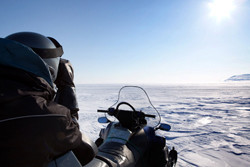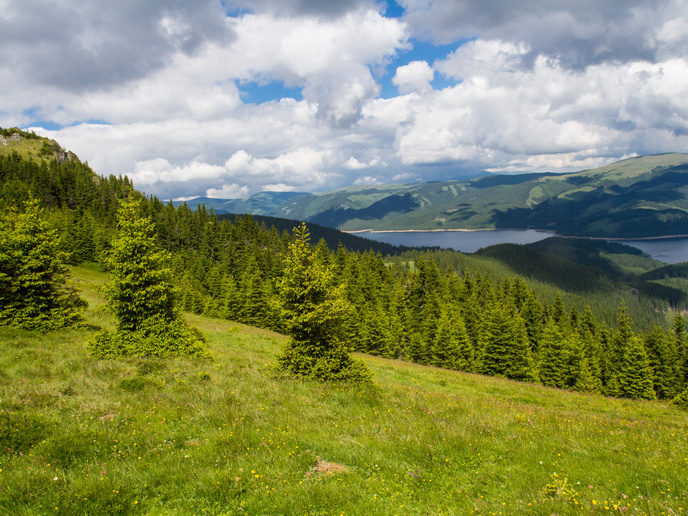Better monitoring of sea ice
Summer sea ice has been significantly reduced over the last few decades due to the warming of the ocean. One result has been increased human activities in the region in the form of shipping and offshore exploration for fossil fuels. The EU-funded 'Sea ice downstream services for Arctic and Antarctic users and stakeholders' (SIDARUS) project helped to provide the latest sea ice maps, information and predictions. The initiative used satellite data, as well as airborne and undersea data sources. Project partners developed five products for commercial and academic end users. These were sea ice and iceberg mapping, sea ice albedo (how much sunlight it reflects), sea ice thickness, marine mammal tracking and ice forecasting. Sea ice thickness data proved particularly useful for the validation of other satellite data. These products required the development of new algorithms and software tools. Included in the list were tools for the classification and movement tracking of icebergs and sea ice, and the calculation of sea ice albedo. The tools provide local sea ice information for areas around planned drilling locations and along sailing routes, activities that are expected to increase as the ice decreases. SIDARUS results benefit climate research, marine safety and environmental monitoring. They are particularly useful to offshore industry and shipping in the polar regions as well as scientists conducting climate and environmental research. Outcomes also support efforts to protect sea ice habitats and to conserve threatened species such as polar bears and walruses.
Keywords
Sea ice, climate change, downstream services, sea ice maps, icebergs







